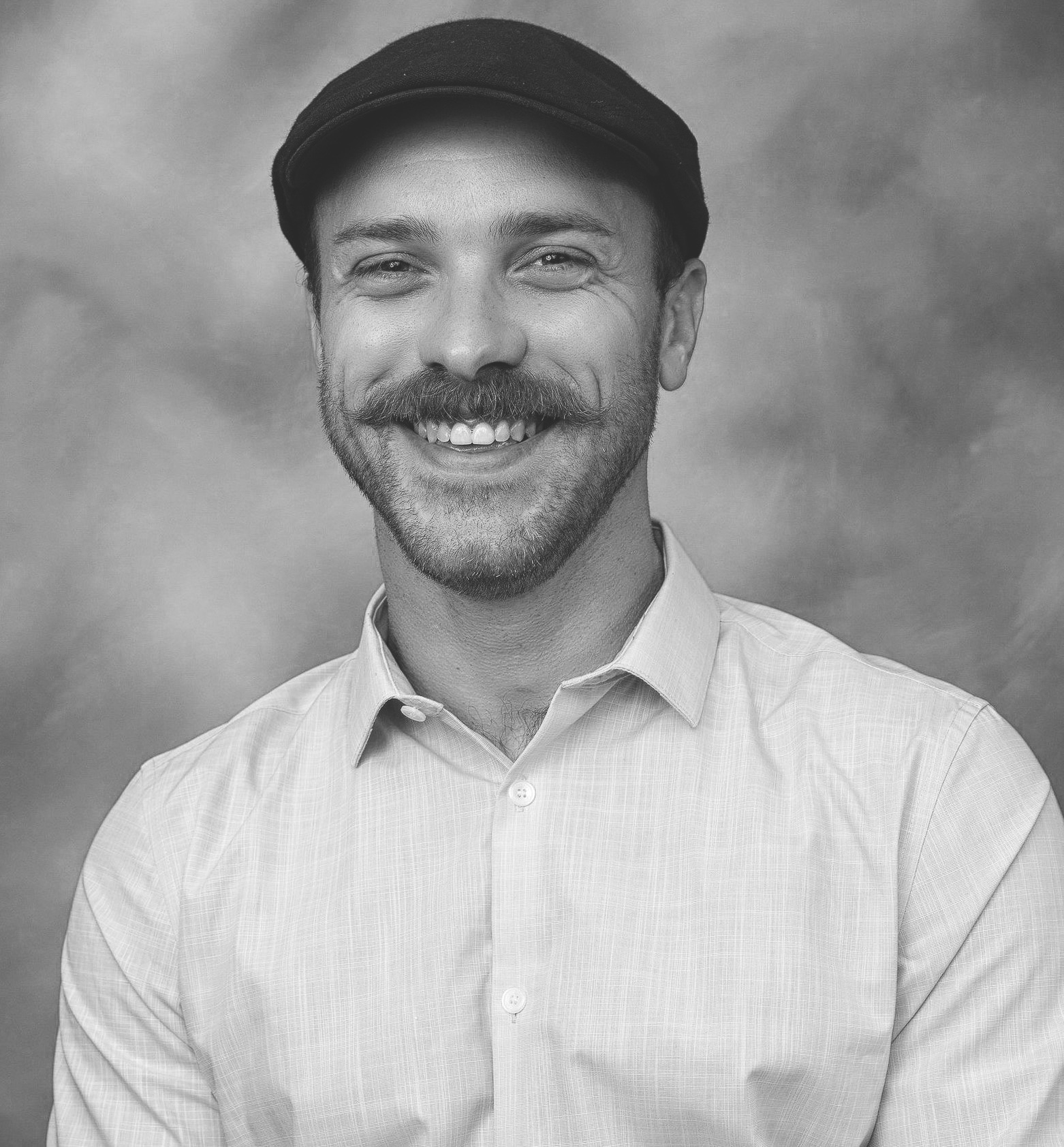For world-class guitar maker Thomas Rodriguez, the build is more fun than ever.

Thomas Rodriguez stands in his woodworking studio sifting through a stack of thin wooden stencils shaped like the bodies of electric guitars.
Some cutouts are familiar: The Les Paul played by Led Zeppelin’s Jimmy Page, Eric Clapton’s Fender Stratocaster, country superstar Brad Paisley’s Telecaster. Others are less obvious.
“This is my take on a 1958 Epiphone Crestwood,” says Rodriguez, 60, who lives in Staunton. Fewer than 100 of this model were made before Gibson bought the company and altered the design.
A newly completed Buxton, Rodriguez’ own design, lies in a hard-shell case across the room. The body and neck are handcrafted from premium Honduran mahogany and stained a rich, reddish brown. The quilted grain of the instrument’s Canadian big leaf maple top is showcased by a gold sunburst finish. Knobs, switches, pickguard, and tuning pegs look period correct. Rodriguez’ signature is inlaid into the dark brown headstock in mother of pearl.
Everything about the guitar screams work of art.
Going Electric
And for good reason: It was commissioned by The Music Emporium of Lexington, Massachusetts, one of the world’s most renowned purveyors of fine instruments. The Buxton will retail for about $5,600. “During the pandemic they reached out and said they’d buy any and all the electric guitars I want to make for them,” says Rodriguez.
That news may surprise some of his fans. Rodriguez spent much of the past 35 years building wildly high-end acoustic guitars for noted classical and flamenco players.
“Thomas’ instruments are not only some of the best in the world, they’re among the finest ever made,” says Marija Temo, a concert guitarist who founded the Peabody Institute’s flamenco guitar program at Johns Hopkins University. She met Rodriguez in the late 1990s and spent five years collaborating with him on a groundbreaking 2003 signature model that combined the features of traditional flamenco and classical instruments.
The result won Rodriguez international acclaim—and a surge of new clients. But the journey to that point was far from a straight line.
Artistry and Functionality
Rodriguez discovered the electric guitar as an art student at Virginia Commonwealth University. He soon joined a punk-rock band, fell in love with music, and dropped out of school. He built his first guitar in the late 1980s “because high-end electrics were crazy expensive, and I couldn’t imagine being able to save up enough money to buy one.”
It turned out Rodriguez had a knack for the craft. “I loved the way it combined artistry and functionality,” he says. “Once I got started, I couldn’t stop.”
He read books about guitar-making, studied schematic drawings, road-tripped to shops to play premium instruments, and sought advice from professional luthiers. His work improved dramatically. Fellow guitarists took notice. Some hired him for repairs. A few ordered custom electrics.
The buzz led to work in one of Richmond’s top guitar boutiques, owned by John Patykula, a classical guitar phenom and current VCU music department assistant chair. The shop specialized in traditional flamenco and classical guitars.
“I was deeply fascinated by the craftsmanship,” says Rodriguez. Luthiers steam heat thin pieces of wood to bend them into curved sides. Subtle differences in the shape of a sound hole or internal bracing systems could radically alter a guitar’s sound.
Then there was the difference in price. Basic pro-level classical models sold for around $5,000. An exemplary new instrument could go for upwards of $20,000.

An Under-the-Radar Master
Shifting into R&D mode, Rodriguez made connections with fine lumber dealers and began salvaging century-plus old wood from antique bed frames, porch columns, and broken-down pianos. He traveled to Spain to observe old world master luthiers. He built prototypes and sought feedback from players like Patykula.
By the time he launched Rodriguez Guitars in 1994, he was revered as an under-the-radar master, selling about a dozen handcrafted six strings a year.
“The first time I played one of Thomas’ guitars, I knew he was going to be something special,” says Patykula. “He has an artist’s eye for detail and beauty and the patience you need to make a truly exquisite instrument. His guitars are works of art.”
Rodriguez never stopped making electrics entirely. But he experienced a renaissance after moving to Staunton in 2016.

“I stopped taking repair work and was playing more [electric] music,” says Rodriguez. Inspiration struck. Suddenly he was, “coming up with tons of cool new ideas for guitars.”
Posting photos of experimental builds on social media attracted the attention of star players like Matte Henderson—a prodigy of King Crimson guitarist Robert Fripp—and former David Bowie axeman David Torn. Henderson commissioned a Buxton and showed it to a friend who worked at The Music Emporium. The company reached out to Rodriguez soon thereafter.
He’s been building electrics almost exclusively since 2020. Now, with the creative freedom to make whatever he wants, he’s done more than boost production to about 30 guitars annually.
“I’m having more fun in the shop than ever before,” says Rodriguez. “I don’t know what the future will hold, but I definitely intend to keep exploring this new, old direction.”



This article originally appeared in the June 2022 issue.








